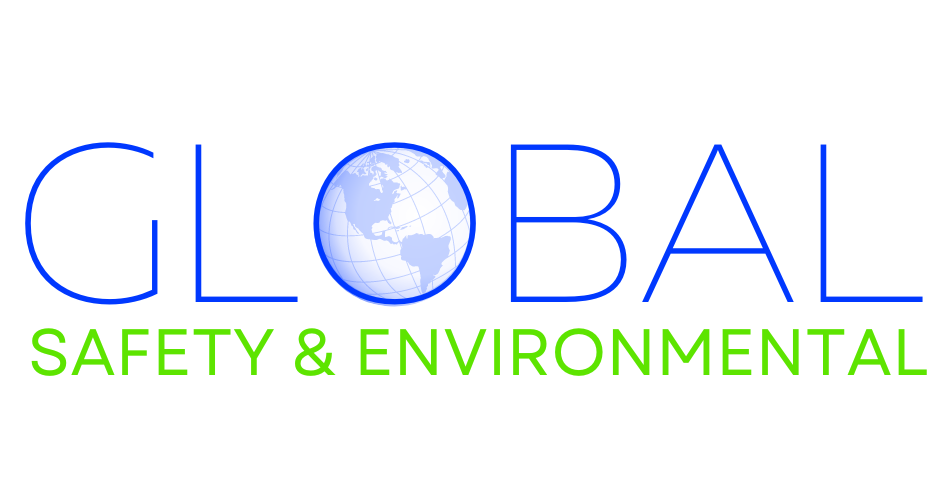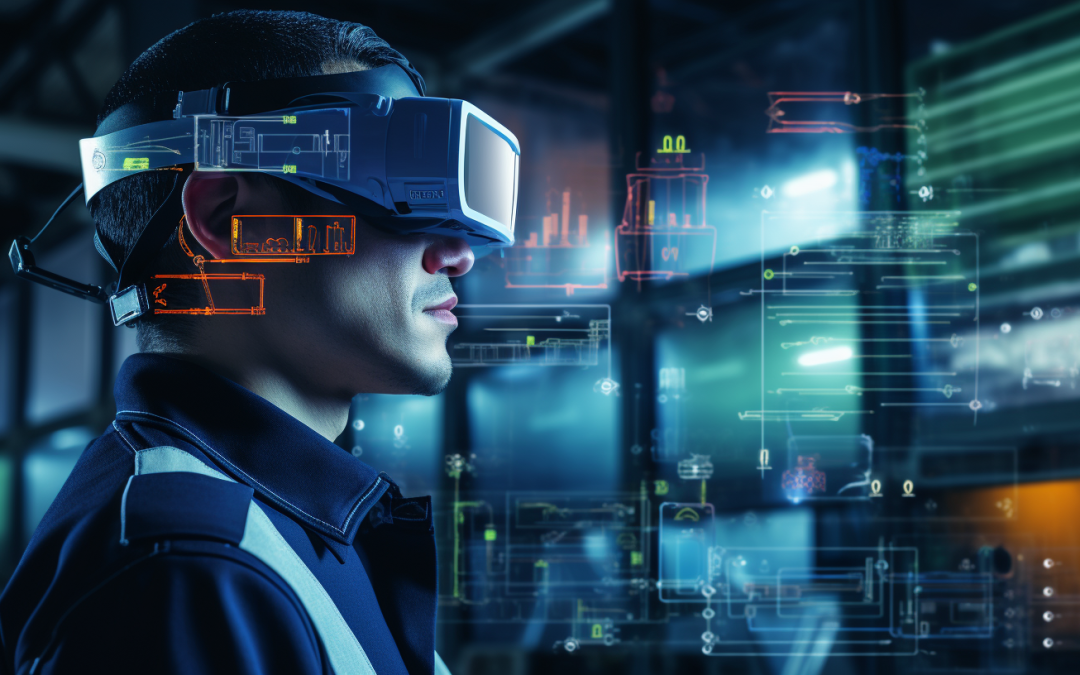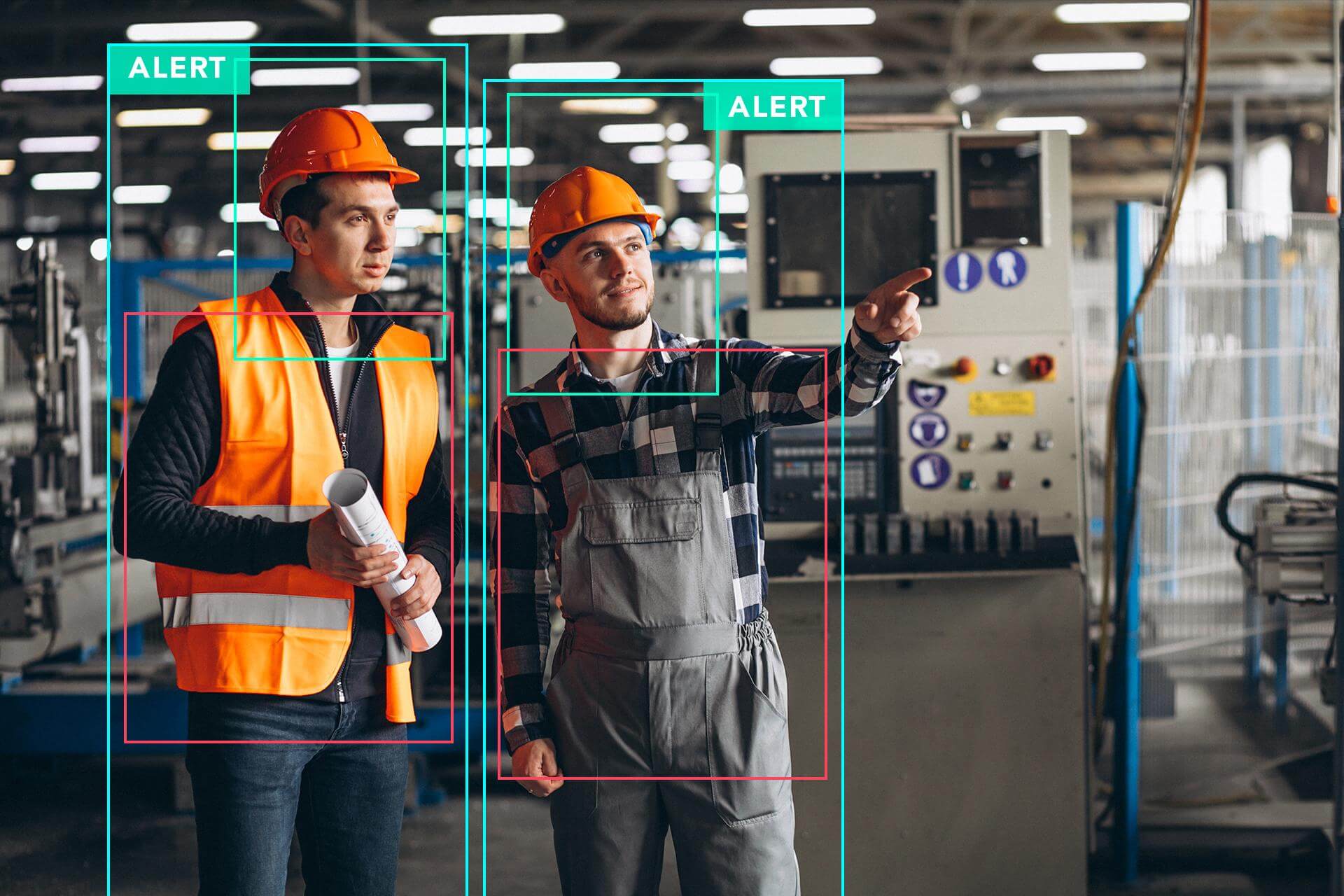Artificial intelligence (AI) is rapidly transforming industries, and the workplace is no exception. From automating repetitive tasks to analyzing safety data, AI promises to revolutionize how we work. However, alongside these exciting advancements comes the crucial question of safety. How can we ensure AI integration enhances, rather than compromises, workplace safety?
The Safety Benefits of AI
AI offers a range of benefits that can directly contribute to a safer work environment. Here are some key examples:
- Real-Time Monitoring and Hazard Detection: AI-powered systems can analyze video footage or sensor data to identify potential hazards in real-time. This could include detecting unsafe practices, equipment malfunctions, or environmental risks. Early detection allows for immediate intervention, preventing accidents before they occur.
- Predictive Maintenance: AI algorithms can analyze historical data to predict equipment failures. This empowers companies to perform preventive maintenance before breakdowns occur, minimizing the risk of accidents and production downtime.
- Personalized Safety Training: AI can personalize safety training programs based on individual needs and risk factors. This targeted approach ensures employees receive the most relevant safety information, improving overall knowledge retention.
Safety Challenges of AI Integration
While AI offers a clear path towards a safer workplace, challenges remain. AI algorithms are trained on data sets, and if these sets contain biases, the AI itself can become biased. This could lead to discriminatory decision-making, unfairly selecting employees for safety training or promotions based on factors unrelated to safety performance. Additionally, the complexity of AI models can make them difficult for humans to understand. This lack of transparency can lead to a lack of trust in AI-generated recommendations. In safety-critical situations, human operators need to understand the rationale behind an AI’s suggestion to make informed decisions. Furthermore, AI systems are susceptible to hacking, just like any computer program. Malicious actors could potentially manipulate AI systems to create safety hazards, disrupt operations, or compromise sensitive data.
Maintaining a Safe Workplace with AI
To ensure a safe work environment alongside AI integration, several key strategies are essential:
- Prioritize Human-AI Collaboration: AI should not replace human safety professionals. Instead, it should act as a powerful collaborator, providing real-time data and insights to inform human decision-making.
- Focus on Fairness and Transparency: Businesses must use diverse and unbiased data sets to train AI models. Additionally, they should develop explainable AI systems that allow human operators to understand the reasoning behind AI recommendations.
- Implement Robust Cybersecurity Measures: Robust cybersecurity protocols are crucial to protect AI systems from hacking or manipulation. This includes regularly updating software, employing strong encryption, and conducting regular security audits.
- Employee Training and Communication: Employees need training on how to work safely alongside AI systems. This includes understanding the capabilities and limitations of AI, as well as how to report potential AI-related safety concerns.
- Develop a Clear AI Safety Policy: A clear and well-defined AI safety policy establishes guidelines for the development, deployment, and use of AI in the workplace. This policy should address issues like bias, explainability, and cybersecurity.
- Continuous Monitoring and Improvement: AI safety is an ongoing process. Companies need to continuously monitor the performance of AI systems, identify and address potential safety risks, and adapt their strategies based on new developments in the field.
AI can be a powerful tool for enhancing workplace safety, but only if implemented thoughtfully and responsibly. By prioritizing human-AI collaboration, addressing potential biases, and fostering a culture of safety and transparency, businesses can unlock the full potential of AI while ensuring a safe and healthy work environment for all employees.


